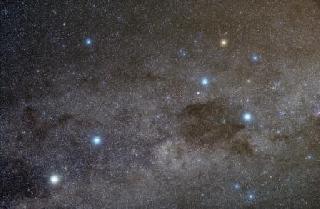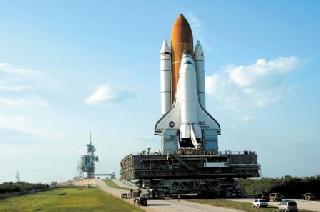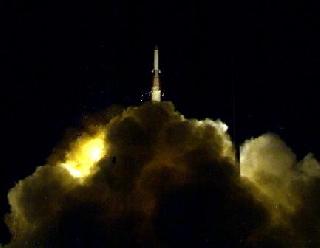
LONDON (PTI): The first cosmic census has estimated that there are 50 billion planets in the Milky Way.
And, some 500 million of those planets are in what is known as the Goldilocks zone, where the climate is thought to be not-too-hot and not-too-cold, and life could exist, the 'Daily Mail' reported.
The numbers were extrapolated from the early results of NASA's Kepler telescope, almost two years though a three- and-a-half year mission which has cost 600 million pounds.
Kepler science chief William Borucki said that the scientists took the number of planets they found in the first year of searching a small part of the night sky and then made an estimate on how likely stars are to have planets.
Kepler spots planets as they pass between Earth and the star it orbits. So far, Kepler has found 1,235 candidate planets, with 54 in the Goldilocks zone, where life could possibly exist.
Kepler's main mission is not to examine individual worlds, but give astronomers a sense of how many planets, especially potentially habitable ones, there are likely to be in our galaxy.
They would use the one-four-hundredth of the night sky that Kepler is looking at and extrapolate from there.
Borucki and colleagues figured one of two stars has planets and one of 200 stars has planets in the habitable zone, announcing these ratios at the American Association for the Advancement of Science annual conference in Washington.
And, that's a minimum because these stars can have more than one planet and Kepler has yet to get a long enough glimpse to see planets that are further out from the star, like Earth, Borucki said.
For example, if Kepler were 1,000 light years from Earth and looking at our sun and noticed Venus passing by, there's only a one-in-eight chance that Earth would also be seen, the astronomers said.
To get the estimate for the total number of planets, the scientists then took the frequency observed already and applied it to the number of stars in the Milky Way.
For many years scientists figured there were 100 billion stars in the Milky Way, but last year a Yale scientist figured the number was closer to 300 billion stars.
 Previous Article
Previous Article Next Article
Next Article













The Indian Air Force, in its flight trials evaluation report submitted before the Defence Ministry l..
view articleAn insight into the Medium Multi-Role Combat Aircraft competition...
view articleSky enthusiasts can now spot the International Space Station (ISS) commanded by Indian-American astr..
view article